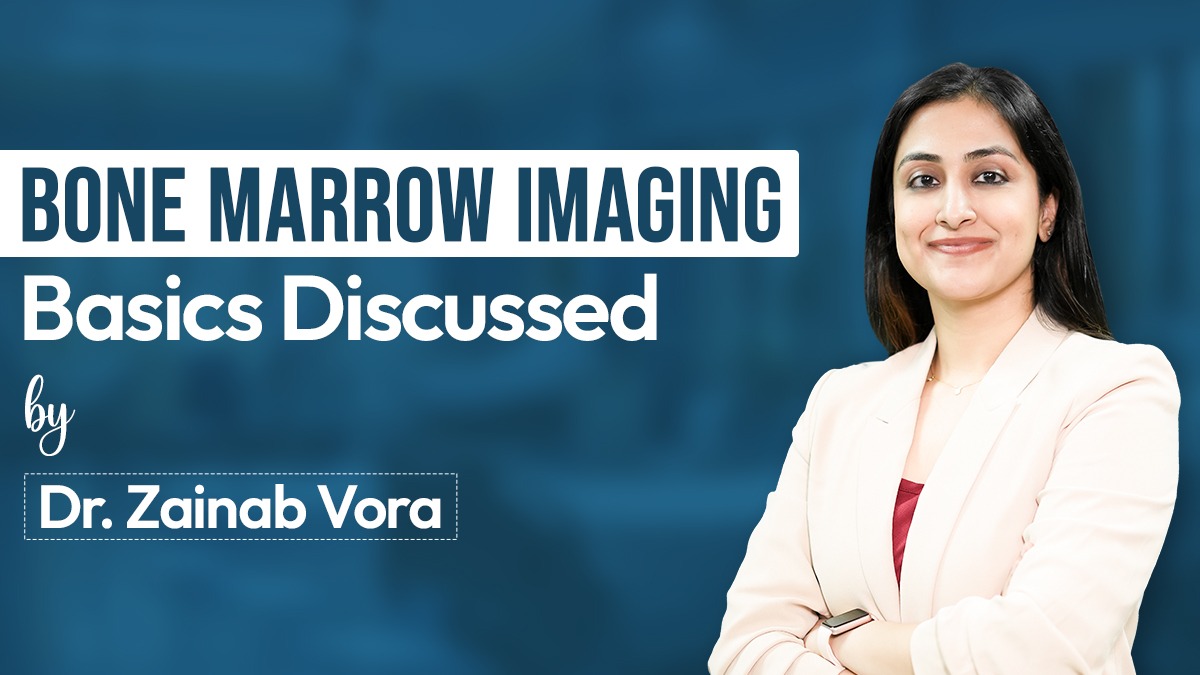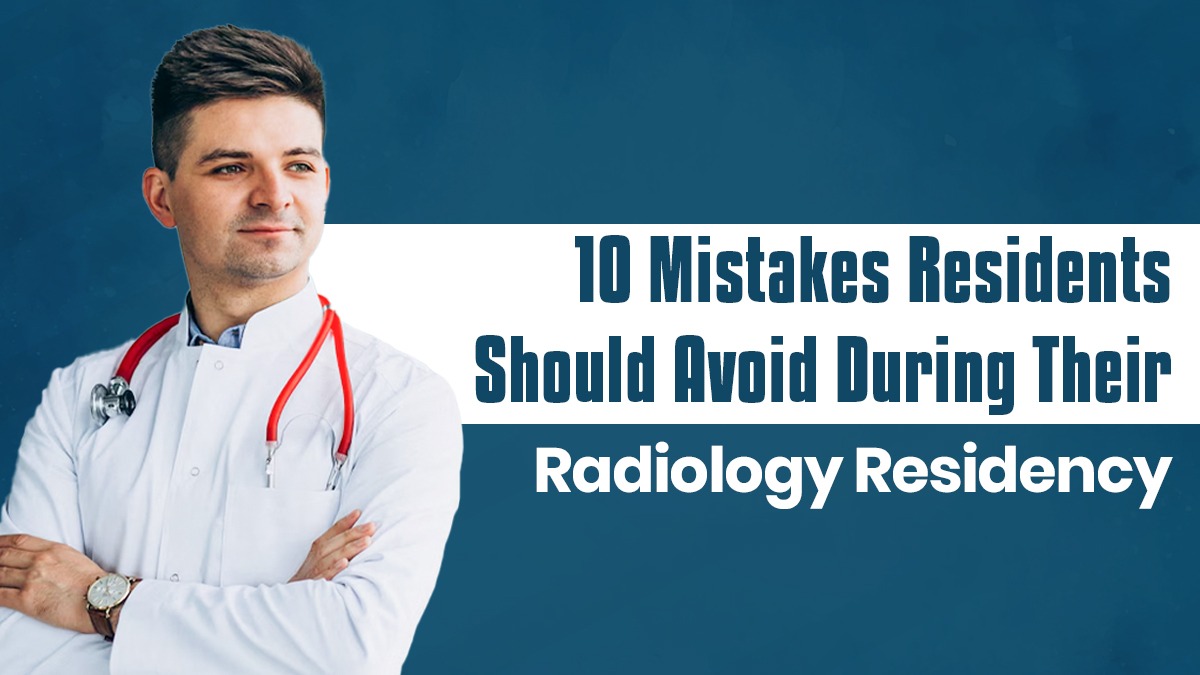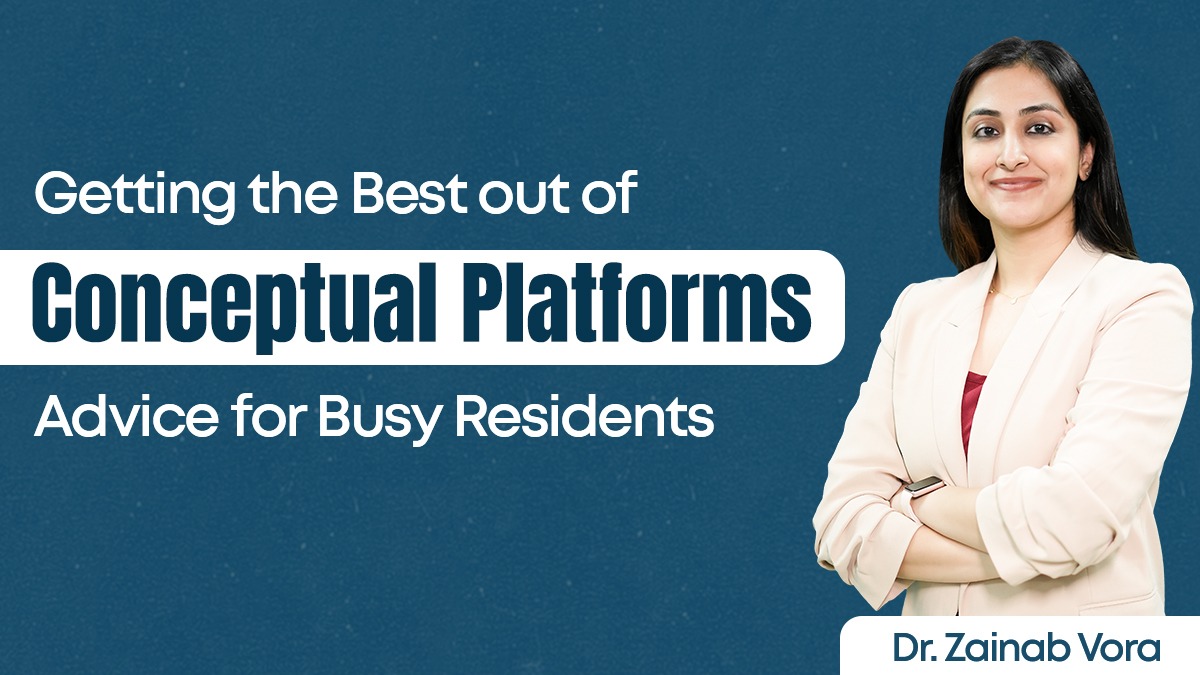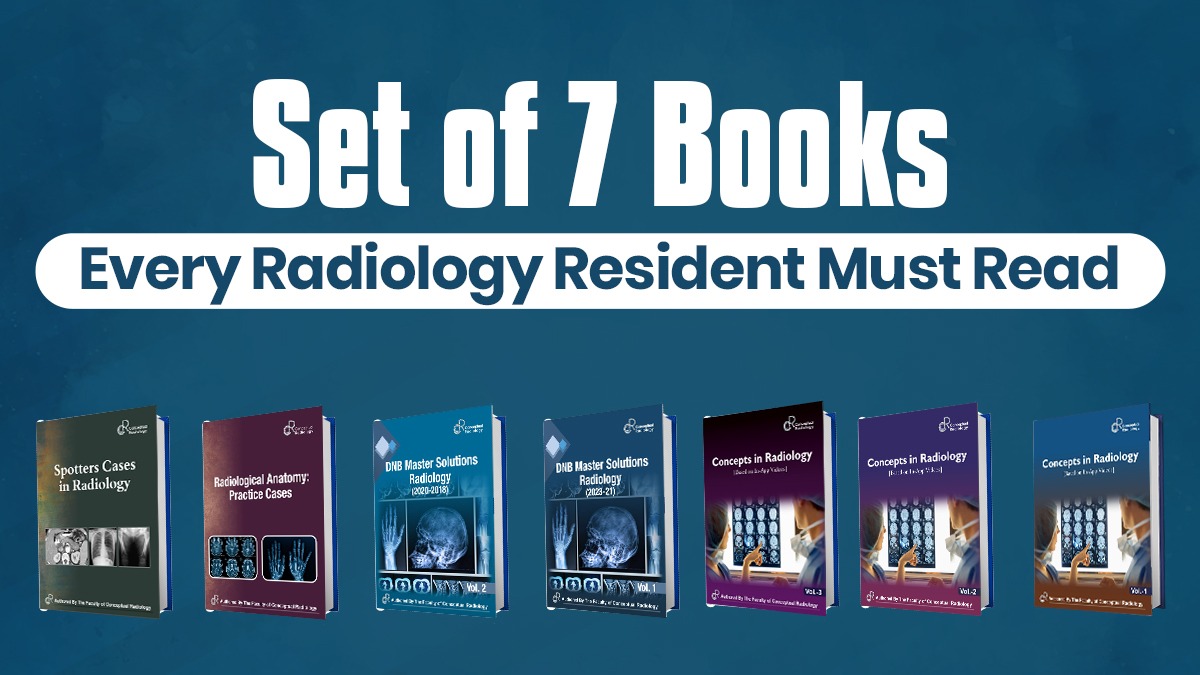Estimated reading time: 5 minutes
Radiology is truly a vast and evolving field. It is currently at the heart of modern medicine. With the rapid advancements in imaging technology and artificial intelligence, more and more medical graduates are choosing to become radiology residents. But once you’ve made the choice to pursue radiology residency, another major decision awaits: Government vs Private Hospitals.
Which one is better for a radiology resident? Which one provides the best learning, the right exposure, and helps shape the best radiology residents? Let’s break it down.
Why Choose Radiology?
Finally, before going to the comparison, one must understand the reason why radiology is a much-awaited speciality in the first place:
- It combines medicine and cutting-edge technology.
- It is central to diagnosis in nearly all clinical branches.
- Radiologists often enjoy a balanced lifestyle.
- Highly demanded fields such as interventional radiology and neuroradiology.
That is why all radiology residency programs across the country are becoming increasingly competitive.
Government Hospitals: The Power of Volume and Variety
For ages, government institutions have been the traditional preference for residency in India. Here are the reasons why they never fail to attract many aspirants towards radiology:
1. Exposure to a Wide Case Mix
Government hospitals cater to large populations, usually from poorer or rural areas. This results in heavy patient load and has probably the widest exposure to rare, complicated diseases, which is an invaluable learning opportunity for a resident of radiology.
2. Strong Academic Environment
Most premier government institutions have structured radiology residency training programs with regular classes, seminars, case discussions, and interdepartmental meetings. These are excellent for theoretical and clinical development.
3. Research Opportunities
Government institutions are mostly attached to the top medical universities, which makes them very conducive to clinical research and thesis work.
4. Cost-Effective Training
There is no heavy tuition fees; you earn a stipend while learning in a resource-rich environment.
Private Hospitals: Technology, Precision and Comfort
Private institutions are known for their infrastructure and efficiency. Find out more about the difference:
1. Highly Competitive Equipment
Many private hospitals invest heavily in the latest MRI, CT, PET-CT, and interventional radiology. If you seek hands-on experiences with high-end imaging modalities, private setups often take the lead.
2. Focused Environment
A small patient-doctor ratio guarantees your time for understanding each case in detail. It helps a lot in learning advanced image interpretation and intervention techniques.
3. Better Amenities
Not that directly associated with academics, but for work-life balance and overall wellness of the resident are highly important.
4. Specialised Training
Some private hospitals offer residency programs in radiology that are super-speciality focused. Such a program can give you an edge in niche domains like musculoskeletal or vascular radiology.
Choosing the Best Hospital for Radiology Residency
So, what is the best hospital for residency in radiology?
The best hospital will obviously not be the same for every person. The best hospital residency programs will depend on your goals. Do you want high caseload volumes, diversity, clinical training, and all at locations dependent on the government setup? In that case, maybe a government setup is for you. Are you looking for more tech-driven, cutting-edge hospitals for doing modern things? That’s where private hospitals win.
How Conceptual Radiology Supports Radiology Residents?
No matter where you pursue your residency—government or private—Conceptual Radiology is your constant academic partner throughout the journey.
Here’s how it transforms your learning experience:
- Core Structured Learning by Experts
Live lectures formulated through experienced faculty, the platform is going to offer residents radiology aligned with real-world residency needs and board exams.
- Case-Based Learning
Learn from a wide spectrum of real-life cases—something that mirrors the variety in government setups and the precision of private institutions.
- Lifetime Access Anywhere, Anytime
Busy with night duties? Missed a lecture? With Conceptual Radiology,you can revisit any session, anytime. Perfect for the unpredictable life of a radiology resident.
- Premium Content + Exclusive Books
The only platform that gives a set of 7-book of Radiology made for residents, available only to premium subscription users. It’s a treasure in visual learning and clinical integration.
- All India’s Best Faculty Under One Roof
From foundational concepts to high-end modalities and interventions, you learn from some of the best radiologists in the country through the radiology residency program mentorship.
Whether you are in the busiest government hospital or a sleek private institute, Conceptual Radiology assures that you will never miss out on the depth, clarity, and consistency needed to become one of the best radiology residents.
Conclusion:
Radiology is not just about reading films, it is becoming a central pillar within the scope of provision of patient care. Whether your choice is public or private hospital, what matters most is your dedication as a radiology resident, eagerness to learn, and passion for imaging science.
If you are dreaming big, research thoroughly, speak to current residents about their experience, and choose a hospital that would match your goals. There’s no doubt that the best radiology residency programs are those that motivate you to become the best version of yourself: clinically, academically, and personally.










